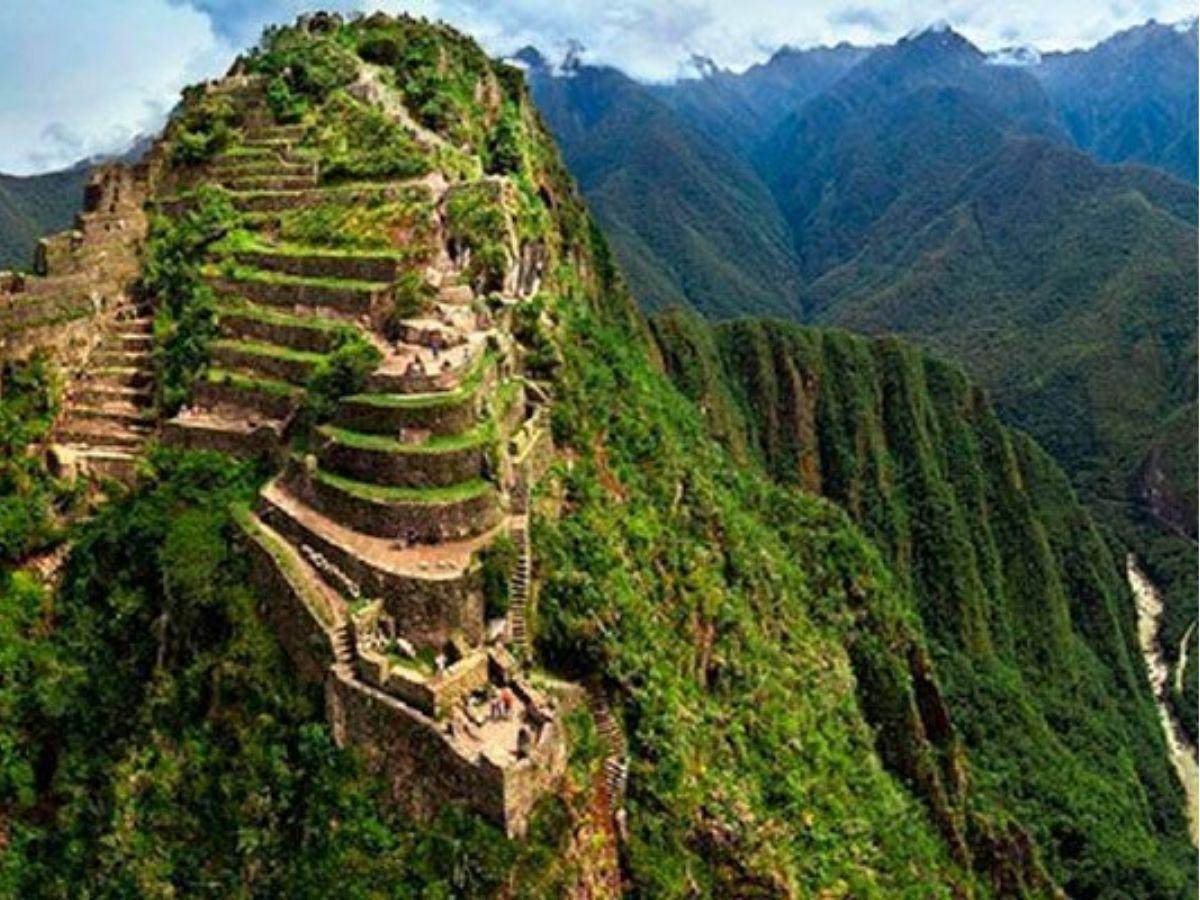This Inca Building--the Only Surviving Structure of Its Kind--Might Have Been Designed to Amplify Sound and Music
This Inca Building—the Only Surviving Structure of Its Kind—Might Have Been Designed to Amplify Sound and Music
Researchers will use 3D modeling to assess what the “carpa uasi” in Huaytará, Peru, originally looked like and how sound traveled through it
Ella Feldman - Daily Correspondent
October 30, 2025
The Peruvian town of Huaytará is home to a 15th-century Inca building that’s unusually simple for the civilization, which is known for its intricate architecture, like the structures seen across Machu Picchu. This building, in contrast, consists of three stone walls and an opening.
Now, researchers think they’ve discovered the reason for this design: The Inca may have built the structure with the express purpose of amplifying sound and music.
“We’re learning that sound was incredibly important from the earliest cities on, dating back several thousand years [B.C.E.],” says Stella Nair, an art historian at the University of California, Los Angeles, in a statement. “Builders were incredibly sophisticated with their aural architecture, and the Incas are one part of this long, sophisticated tradition of sonic engineering.”
The building is known as a carpa uasi, or “tent house,” a name that references its open-ended structure. It’s the only known surviving carpa uasi, as these constructions weren’t as structurally sound as other Inca buildings.
The structure survives today for a somewhat ironic reason: Spanish colonizers ordered that the Church of San Juan Bautista be built on top of the carpa uasi in the 16th century. Meant to override Inca cultural heritage, the church ended up providing the building with the stability it needed to endure for centuries.
More:
https://www.smithsonianmag.com/smart-news/this-inca-building-the-only-surviving-structure-of-its-kind-might-have-been-built-to-amplify-sound-and-music-180987597/



